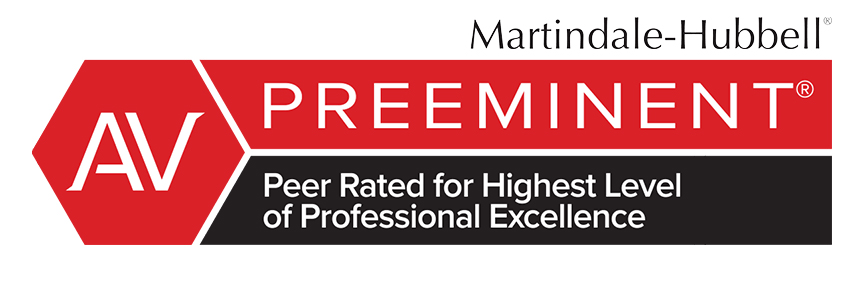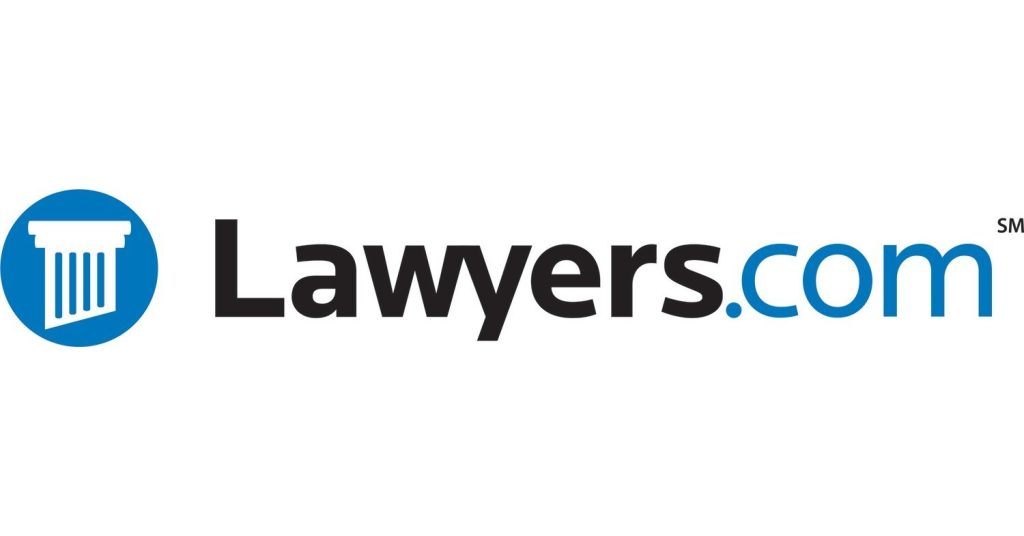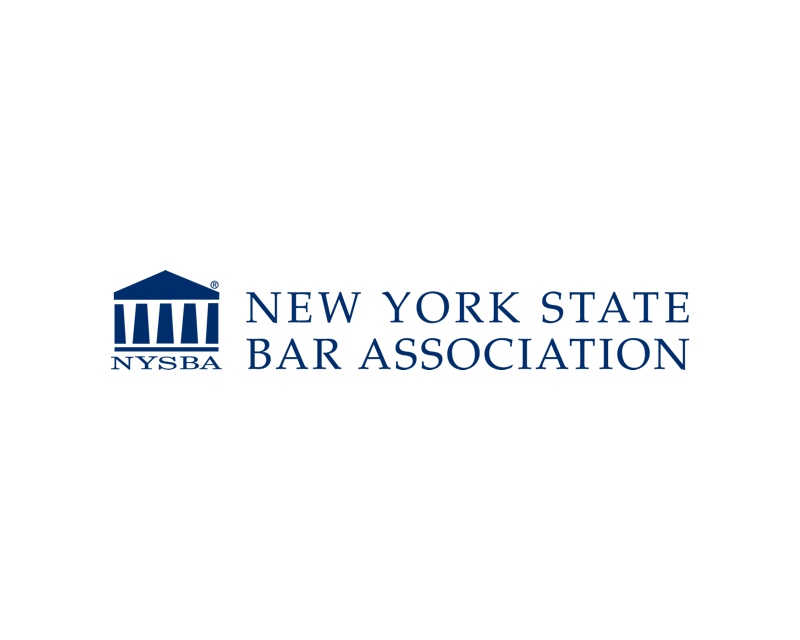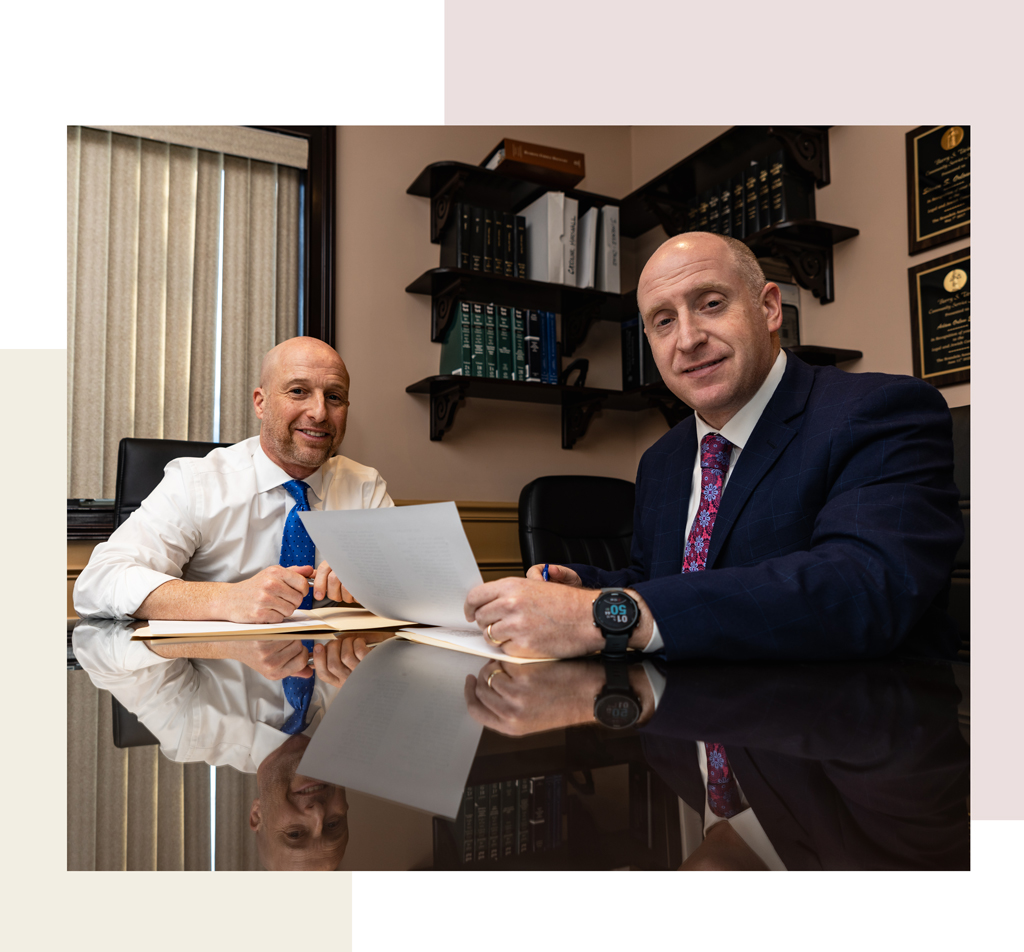What Are Damages in Personal Injury Cases?
Quick Answer: Damages in personal injury cases are the money awarded to a person hurt by someone else’s carelessness. These damages cover medical bills, lost wages, pain, and suffering. In New York City, damages help victims recover financially after an injury.
Types of Damages Available in New York City Personal Injury Claims
In New York City personal injury claims, there are several types of damages that a person may recover. These damages are meant to compensate for different kinds of losses caused by the injury. Understanding these types can help you know what compensation might be available if you pursue a claim.
Economic damages cover financial losses that can be calculated with specific numbers. These include:
- Medical Expenses: Costs for hospital stays, surgeries, doctor visits, physical therapy, medications, and medical equipment.
- Lost Wages: Money you lose if you cannot work because of your injury. This includes past lost income and future earnings if the injury affects your ability to work long-term.
- Property Damage: Repair or replacement costs for any personal property damaged in the accident, such as your car.
- Other Out-of-Pocket Costs: Expenses like transportation to medical appointments or home care services.
Non-economic damages compensate for losses that are not easily measured by money. They focus on the impact of the injury on your quality of life. Examples include:
- Pain and Suffering: Physical pain and emotional distress caused by the injury.
- Mental Anguish: Anxiety, depression, or emotional trauma resulting from the accident.
- Loss of Enjoyment of Life: When the injury prevents you from enjoying hobbies, activities, or everyday pleasures.
- Loss of Consortium: Damages for the negative effects the injury has on your relationships with family members, such as a spouse.
Punitive damages are rare in New York personal injury cases. They are intended to punish the at-fault party if their conduct was especially reckless or harmful. These damages go beyond compensation and serve as a warning to prevent similar behavior in the future. However, New York courts only award punitive damages in limited situations.
4. Wrongful Death Damages
If a personal injury results in death, the family members may file a wrongful death claim. Damages in these cases can include:
- Funeral and burial expenses
- Loss of financial support from the deceased
- Loss of companionship and guidance
- Emotional pain and suffering of surviving family members
Each type of damage has specific rules and requirements under New York law. For example, to claim non-economic damages like pain and suffering, your injury must meet the state’s “serious injury” threshold. This means the injury must cause significant harm, such as a fracture, permanent limitation, or disfigurement.
Understanding these different types of damages is important when considering a personal injury claim in New York City. If you have questions about what damages may apply to your case, contacting a personal injury lawyer can help clarify your options. For assistance, you can reach The Orlow Firm at (646) 647-3398.
How Economic Damages Compensate for Financial Losses
Economic damages are designed to cover the actual money you lose because of an injury. In personal injury cases in New York City, these damages compensate for financial losses that result directly from the accident or injury. They are meant to put you back in the position you were in before the injury, at least financially.
Here are the main types of economic damages you might see in a New York City personal injury claim:
- Medical expenses: This includes all costs for hospital stays, surgeries, doctor visits, physical therapy, prescription medications, and medical equipment needed because of the injury.
- Lost wages: If your injury keeps you from working, you can claim compensation for the income you lost during that time. This also covers lost bonuses, raises, or overtime you might have earned.
- Loss of earning capacity: If your injury affects your ability to earn money in the future, you may be compensated for this reduced earning potential.
- Property damage: In some cases, you can recover costs to repair or replace property damaged in the accident, such as a vehicle.
- Out-of-pocket expenses: This can include things like transportation to medical appointments, home care services, or other costs directly related to your injury.
For example, if you were injured in a car accident in New York City and had to pay for emergency room treatment, missed two months of work, and needed physical therapy, economic damages would cover those medical bills and lost income.
New York’s no-fault insurance system plays a role here, especially in car accidents. Your own insurance may cover many of your immediate economic losses, like medical bills and lost wages, up to certain limits. However, if your injuries are serious, you might be able to pursue additional economic damages through a personal injury lawsuit.
It is important to keep detailed records of all your expenses and losses after an injury. Save medical bills, pay stubs, receipts for transportation, and any other proof of financial harm. This documentation helps prove the amount of economic damages you are entitled to recover.
Understanding economic damages in personal injury cases is key to getting fair compensation for your financial losses. If you have questions about what economic damages you may claim after an injury in New York City, consider contacting The Orlow Firm at (646) 647-3398 for guidance tailored to your situation.
Understanding Non-Economic Damages: Pain and Suffering Explained
Non-economic damages are a key part of personal injury cases in New York City. These damages compensate for losses that do not have a clear dollar value. Unlike economic damages, which cover bills and lost wages, non-economic damages focus on more personal and emotional harm.
Pain and suffering is the most common type of non-economic damage. It refers to the physical pain and emotional distress a person experiences after an injury. This can include ongoing discomfort, anxiety, depression, or loss of enjoyment of life caused by the accident.
Because pain and suffering are subjective, they can be harder to measure than economic damages. Courts and insurance companies often look at several factors when deciding how much to award for pain and suffering, such as:
- The severity of the injury: More serious injuries usually lead to higher compensation for pain and suffering.
- Duration of the pain: Long-term or permanent pain often results in larger awards.
- Impact on daily life: How the injury affects your ability to work, enjoy hobbies, or perform everyday tasks is considered.
- Emotional effects: Conditions like anxiety, depression, or post-traumatic stress from the accident may be included.
In New York, there is no fixed formula for calculating pain and suffering. Sometimes, damages are based on a multiplier of the economic damages. For example, if your medical bills and lost wages total $10,000, a multiplier of 3 might result in $30,000 for pain and suffering. However, this multiplier varies depending on the case details.
It’s important to note that New York’s no-fault insurance system covers medical bills and lost wages quickly but does not cover pain and suffering unless the injury meets the state’s “serious injury” threshold. This means you may need to file a lawsuit to recover non-economic damages if your injuries are severe enough.
Examples of serious injuries that may allow you to claim pain and suffering damages include:
- Broken bones
- Permanent disfigurement
- Loss of a body part or function
- Significant limitation of use of a body system
Documenting your pain and suffering can be challenging. Keeping a detailed journal of your symptoms, emotional struggles, and how your injury affects your life can help support your claim. Medical records and testimony from doctors or therapists are also important.
If you have suffered an injury in New York City and want to understand how pain and suffering damages might apply to your case, contacting a personal injury lawyer can provide guidance. They can explain your rights and help you gather the evidence needed to support your claim.
Punitive Damages: When Are They Awarded in NYC Cases?
Punitive damages are a type of monetary award intended to punish a defendant for particularly bad behavior. Unlike compensatory damages, which cover actual losses like medical bills or lost wages, punitive damages aim to discourage the defendant and others from repeating harmful actions.
In New York City personal injury cases, punitive damages are not commonly awarded. The law requires that the defendant’s conduct be especially reckless or intentional to justify punitive damages. This means the defendant must have acted with a willful disregard for the safety and rights of others, or engaged in fraud or malice.
Here are key points about when punitive damages may be awarded in NYC cases:
- Intentional Misconduct: If the defendant intentionally caused harm, punitive damages may be considered. For example, if someone deliberately injures another person, punitive damages could be awarded.
- Gross Negligence or Recklessness: When the defendant’s actions show a severe lack of care or a conscious disregard for safety, punitive damages might apply. An example is a driver who speeds excessively knowing it could cause harm.
- Fraud or Malicious Acts: Cases involving fraud, deceit, or malicious behavior can lead to punitive damages to punish the wrongful conduct.
- Proof Required: The injured party must provide clear evidence that the defendant’s conduct was more than just careless—it must be egregious or intentional.
It’s important to understand that New York courts are careful about awarding punitive damages. They are meant to serve as a deterrent and are only granted in cases where the defendant’s behavior is especially harmful.
If you believe your injury case in New York City involves conduct that may warrant punitive damages, it is important to document the facts carefully. Evidence such as witness statements, photos, or records showing intentional or reckless behavior can be crucial.
For questions about punitive damages or any other aspect of personal injury claims, you can contact The Orlow Firm at (646) 647-3398. We can help explain how these damages might apply to your case and guide you through the legal process.
How Damages Are Calculated in New York Personal Injury Lawsuits
In New York personal injury lawsuits, calculating damages involves several steps to determine fair compensation for the injured party. The process considers both the financial losses and the non-financial impacts of the injury. Here is how damages are generally calculated in New York personal injury cases:
- Identify the Types of Damages: Damages are usually divided into economic and non-economic categories. Economic damages cover measurable financial losses, while non-economic damages address more subjective harms like pain and suffering.
- Calculate Economic Damages: These damages include medical bills, lost wages, rehabilitation costs, and other out-of-pocket expenses. In New York, all past and future economic losses related to the injury are considered. For example:
- Medical Expenses: Bills for hospital stays, surgeries, therapy, medications, and medical equipment.
- Lost Income: Wages lost due to time off work and future earnings if the injury affects the ability to work.
- Other Costs: Transportation to medical appointments or household help if the injured person cannot perform daily tasks.
- Assess Non-Economic Damages: These damages compensate for intangible losses such as pain, suffering, emotional distress, and loss of enjoyment of life. New York law does not set a fixed amount for these damages; instead, they are evaluated based on the injury’s severity, duration, and impact on the victim’s life.
- Consider Punitive Damages (if applicable): In rare cases where the defendant’s conduct was especially harmful or reckless, New York courts may award punitive damages. These are intended to punish the wrongdoer and discourage similar behavior. However, punitive damages are not common in most personal injury claims.
- Apply Comparative Negligence Rules: New York follows a comparative negligence system. This means if the injured person is partly responsible for the accident, their total damages award will be reduced by their percentage of fault. For example, if a plaintiff is found 20% at fault, their damages will be reduced by 20%.
- Use Evidence to Support Damage Claims: To calculate damages accurately, the injured person must provide evidence such as medical records, bills, pay stubs, expert testimony, and personal accounts of how the injury has affected their life. Courts and insurance companies rely on this evidence to determine an appropriate amount.
For example, in a New York City car accident case, if an injured person has $50,000 in medical bills, lost $10,000 in wages, and suffers significant pain and emotional distress, the court will add up the economic damages ($60,000) and then assign a fair value to the non-economic damages based on the injury’s impact. If the injured person is found 10% at fault, their total award will be reduced by that amount.
Each case is unique, and damage calculations depend on many factors including the injury type, evidence quality, and legal standards. If you or a loved one has been injured in New York City, understanding how damages are calculated can help you better prepare your claim. For more detailed advice about your situation, consider contacting The Orlow Firm at (646) 647-3398.
The Role of Comparative Negligence in Reducing Damages
In New York personal injury cases, comparative negligence plays an important role in determining how much money a person can recover for their damages. Comparative negligence means that if you were partly at fault for the accident that caused your injury, your compensation may be reduced by your percentage of fault.
New York follows a rule called pure comparative negligence. This means that even if you were mostly to blame for the accident, you can still recover some damages. However, the total amount you receive will be lowered based on your share of the fault.
Here’s how it works:
- Fault is assigned in percentages: For example, if a jury finds you 30% responsible and the other party 70% responsible, your damages will be reduced by 30%.
- Damages are adjusted accordingly: If your total damages are $100,000, but you are 30% at fault, you would receive $70,000.
- Even partial fault does not bar recovery: Unlike some states where being partly at fault prevents any recovery, New York allows recovery no matter your percentage of fault.
This system encourages fairness by recognizing that accidents often happen because of mistakes on both sides. It also means that proving the other party’s fault is important, but you also need to be aware that your own actions will affect the final amount you receive.
For example, imagine a pedestrian in New York City is hit by a car while jaywalking. The court may find the driver 60% at fault for speeding and failing to stop, but the pedestrian 40% at fault for crossing outside the crosswalk. If the pedestrian’s damages total $50,000, their compensation would be reduced to $30,000 after applying comparative negligence.
Understanding comparative negligence is crucial when assessing your personal injury claim in New York City. It impacts how damages are calculated and what you can expect to recover. If you believe comparative negligence may apply to your case, it’s important to keep detailed records and evidence that support your position.
If you have questions about how comparative negligence might affect your damages in a personal injury case, you can contact The Orlow Firm at (646) 647-3398 for guidance tailored to your situation.
Common Challenges in Proving Damages in New York Injury Cases
Proving damages in personal injury cases in New York City can be challenging for several reasons. Damages refer to the money a person may recover after being injured due to someone else’s fault. However, showing exactly how much money you should receive is not always straightforward.
Here are some common challenges faced when proving damages in New York injury cases:
- Demonstrating the Extent of Injuries: Injuries are sometimes not visible or easy to measure. For example, pain and suffering or emotional distress can be difficult to prove without clear medical evidence or expert testimony. Insurance companies may downplay these damages.
- Establishing the Link Between Injury and Accident: You must show that your injuries were directly caused by the accident. If you had prior health problems or injuries, the other side might argue that your damages are not related to the incident.
- Proving Economic Losses: Economic damages include medical bills, lost wages, and other out-of-pocket costs. Sometimes, it can be hard to document all expenses, especially if treatment is ongoing or if you are self-employed and do not have clear records of lost income.
- Meeting the Serious Injury Threshold: New York law requires that for some claims, the injury must meet a “serious injury” standard to recover certain damages like pain and suffering. This threshold includes conditions such as fractures, significant disfigurement, or permanent limitations. Proving that your injury qualifies can be difficult and often requires detailed medical proof.
- Dealing with Comparative Negligence: New York uses a comparative negligence rule, which means your compensation can be reduced if you are partly at fault. This can complicate the calculation of damages and requires evidence to show how much fault belongs to each party.
- Insurance Company Disputes: Insurance companies may dispute the amount or validity of your damages to reduce their payout. They might challenge medical bills, question the necessity of treatments, or argue that your injuries are exaggerated.
- Gathering and Organizing Evidence: Proper documentation is key. Without medical records, bills, pay stubs, or witness statements, it becomes harder to prove the full extent of your damages.
For example, in a New York City car accident case, if you suffered a back injury that requires ongoing physical therapy, you need to keep detailed medical records and receipts. You also need to show how the injury affects your daily life and work. If you cannot clearly prove these damages, your claim might be undervalued or denied.
Because of these challenges, it is important to act quickly after an injury. Seek medical care, keep detailed records of all expenses and losses, and document how the injury affects your life. If you have questions about proving damages in your case, contacting a personal injury lawyer can help you understand your rights and gather the necessary evidence.
If you or a loved one has been injured in New York City, The Orlow Firm can assist with evaluating and proving your damages. Call us at (646) 647-3398 for guidance on your personal injury claim.
Statute of Limitations for Claiming Damages in NYC Personal Injury Cases
In New York City, the statute of limitations sets a deadline for filing a personal injury lawsuit to claim damages. This deadline is important because if you miss it, the court will usually dismiss your case, and you may lose your right to recover compensation.
For most personal injury cases in New York, including those involving car accidents, slip and falls, or other types of accidents, the statute of limitations is:
- Three years from the date of the injury or accident.
This means you generally have three years from the day you were hurt to file a lawsuit seeking damages.
There are some exceptions and special rules to keep in mind:
- Discovery rule: If you did not immediately know about your injury, the clock may start when you discovered, or should have discovered, the injury.
- Claims against government entities: If your claim is against a city, state, or other government agency, shorter deadlines may apply, often as short as 90 days to notify the agency and one year to file a lawsuit.
- Medical malpractice cases: These have a different statute of limitations, generally two years and six months from the date of the injury.
It is crucial to act within these time limits because once the statute of limitations expires, you usually cannot recover damages, no matter how strong your case may be.
For example, if you were injured in a car accident in Manhattan on January 1, 2022, you would typically need to file your lawsuit by January 1, 2025. If you wait longer, the court will likely refuse to hear your case.
Because these time limits can be complex and vary depending on the details of your case, it is important to seek legal advice early. Contacting a personal injury attorney promptly can help ensure you do not miss important deadlines and that your claim is filed correctly.
If you or a loved one has been injured in New York City, call The Orlow Firm at (646) 647-3398 to discuss your situation and learn about your rights regarding the statute of limitations and damages claims.
How Insurance Companies Handle Damage Claims in New York
When you file a personal injury claim in New York, insurance companies play a major role in deciding how damages are handled. Understanding how these companies manage damage claims can help you better prepare for the process and protect your rights.
Initial Claim Review
After you report an accident and file a claim, the insurance company will begin by reviewing the details. They will gather information such as accident reports, medical records, and any statements from involved parties. Their goal is to evaluate the claim’s validity and the extent of the damages claimed.
Investigation Process
Insurance companies often conduct their own investigation to verify facts. This may include:
- Interviewing witnesses or the parties involved
- Reviewing medical documents to confirm injuries and treatment
- Inspecting property damage or accident scenes
- Consulting experts like medical professionals or accident reconstruction specialists
This investigation helps them decide how much compensation they believe is appropriate.
Assessment of Damages
Insurance companies classify damages into different types, such as economic damages (medical bills, lost wages) and non-economic damages (pain and suffering). In New York, the insurer will usually first cover your economic damages through your own no-fault insurance. For non-economic damages or claims that exceed no-fault limits, the insurer may negotiate or challenge the claim based on the evidence.
Use of New York’s No-Fault System
New York’s no-fault insurance system means your own insurance company generally pays for your medical expenses and lost income up to a set limit, regardless of who caused the accident. This can speed up payments for economic damages but limits immediate claims against the other party for pain and suffering unless your injury meets New York’s “serious injury” standard.
Negotiation and Settlement Offers
Insurance companies often try to resolve claims without going to court. They may offer a settlement based on their damage assessment. These offers might be lower than what you expect or deserve. It’s important to carefully review any settlement proposal and consider whether it fairly covers your damages, including future medical needs or ongoing pain.
Common Tactics Used by Insurance Companies
Insurance companies work to minimize their payouts. Some common tactics include:
- Delaying payments to pressure claimants into accepting less
- Requesting excessive documentation to slow down the process
- Disputing the severity or cause of injuries
- Offering quick settlements that may not fully cover your losses
Being aware of these tactics can help you stay prepared and protect your interests.
When to Seek Legal Help
If you face difficulties with an insurance company, such as denied claims or unfair settlement offers, consulting a personal injury lawyer can be beneficial. They can help gather evidence, negotiate on your behalf, and explain your rights under New York law.
Insurance companies in New York handle damage claims through a detailed process of investigation, assessment, and negotiation. Knowing how they operate can help you navigate your claim more effectively. If you have questions or need support with your personal injury damage claim, consider contacting The Orlow Firm at (646) 647-3398 for guidance tailored to your situation.
Steps to Document and Prove Your Damages After an Injury
After an injury in New York City, it is important to carefully document and prove your damages to support your personal injury claim. Proper documentation helps show the full impact of your injury and strengthens your case when dealing with insurance companies or the court.
Here are key steps to document and prove your damages after an injury:
- Seek Immediate Medical Attention – Always get medical care right after your injury, even if you feel okay. A doctor’s evaluation creates a medical record that shows your injuries and links them to the accident. Keep all medical reports, test results, bills, and prescriptions.
- Keep Detailed Records of Expenses – Save receipts and bills for all accident-related costs. This includes hospital bills, therapy, medications, transportation to medical appointments, and any home care services. Also, keep track of lost wages if your injury prevents you from working.
- Document Your Pain and Suffering – Pain and suffering are harder to prove because they are non-economic damages. Keep a daily journal describing your physical pain, emotional distress, and how the injury affects your daily life. Notes about sleep troubles, mood changes, or inability to enjoy activities can be helpful.
- Collect Evidence from the Accident Scene – If possible, take photos or videos of the accident scene, your injuries, and any property damage. Gather contact information and statements from witnesses. This evidence helps establish fault and the circumstances of the injury.
- Stay Consistent with Medical Treatment – Follow your doctor’s treatment plan and attend all appointments. Inconsistent treatment or missed visits can be used against you to argue your injuries are not serious or related to the accident.
- Keep Copies of All Correspondence – Save letters, emails, and notes from insurance companies, healthcare providers, and any legal representatives. This documentation can show how your claim has been handled and any offers or denials made.
- Consult a Personal Injury Lawyer Early – An attorney can guide you on what additional evidence you need to collect and how to protect your rights. Early legal advice helps avoid mistakes that could weaken your claim.
By following these steps, you can build a strong record of your damages in a New York City personal injury case. This documentation is crucial for proving both your economic losses and non-economic harms, such as pain and suffering. If you have questions about how to document your damages or need help with your injury claim, contact The Orlow Firm at (646) 647-3398 for advice tailored to your situation.
When to Contact a New York Personal Injury Lawyer About Your Damages
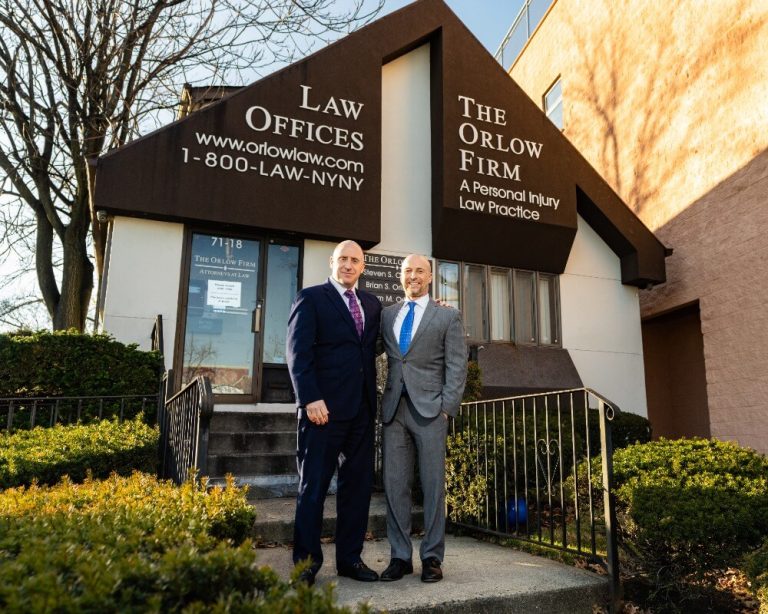
If you have been injured in an accident in New York City, it is important to know when to contact a personal injury lawyer about your damages. Speaking with a lawyer early can help protect your rights and improve your chances of recovering fair compensation.
Here are some key situations when you should consider reaching out to a New York personal injury lawyer regarding your damages:
- Your injuries are serious or require ongoing medical treatment. If your injuries are more than minor, such as fractures, surgery, or long-term therapy, a lawyer can help document these damages properly.
- You face significant financial losses. When you have lost income because you cannot work, or have large medical bills, legal guidance can help ensure you recover these economic damages.
- The insurance company disputes your claim or offers a low settlement. Insurance companies often try to minimize payouts. A lawyer can negotiate or take further action to protect your interests.
- You are unsure about your rights under New York’s no-fault insurance laws. New York’s no-fault system covers certain damages but limits lawsuits unless injuries meet a “serious injury” threshold. An attorney can explain what damages you may claim beyond no-fault benefits.
- You want help gathering evidence to prove your damages. Collecting medical records, bills, lost wage statements, and other proof is important. A lawyer can assist in collecting and organizing this documentation.
- You are concerned about meeting the statute of limitations. In New York, personal injury claims must be filed within a specific time frame, usually three years from the accident date. Early legal advice can prevent missing deadlines.
Contacting a lawyer soon after an injury can help you avoid common pitfalls. For example, insurance companies may ask you to give recorded statements or sign documents that affect your claim. An attorney can guide you on what to say and what to avoid.
In New York City, where accidents happen frequently, knowing when to seek legal help is crucial. If you have questions about your damages or the claims process, calling a personal injury lawyer can provide clarity and support during a difficult time.
If you or a loved one has been injured in an accident and want to discuss your damages, consider contacting The Orlow Firm at (646) 647-3398. Our team can review your situation and explain your options in a clear and compassionate way.


